(New York, NY: August 4, 2024) Indo-American Press Club, the largest organization of media personnel of Indian origin in North America announced a dynamic Team of members to the Board of Directors today. Dr. Joseph M. Chalil, publisher of The Universal News Network will lead this this decade-old organization in his capacity as the Chairman of the BOAD of IAPC. Ginsmon Zachariah, the Founding Chairman of IAPC is the Secretary of BOD. Ajay Ghosh, the Founding President of IAPC, who along with Ginsmon is a permanent member of the BOD, will serve as a member of the BOD.
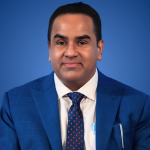 Dr. Joseph M Chalil – Chairman – FL
Dr. Joseph M Chalil – Chairman – FL
Dr. Joseph M. Chalil, MD, MBA, FACHE is a visionary leader in the healthcare industry, currently steering Novo Integrated Sciences, Inc., as Chief Medical Officer. His illustrious career spans various facets of healthcare, innovation, and policymaking, underscored by his role as President of NovoAmerica Health Group and Clinical Consultants International, LLC. Dr. Chalil’s academic credentials are equally impressive, with a rich medical foundation from JJM Medical College, enhanced by an MBA in Healthcare Administration from Davenport University, and further specialization with a Global Health Delivery Certification from Harvard University. Currently, he is advancing his expertise in medical law and ethics as an LLM candidate at the University of Edinburgh Law School.
Dr. Chalil is a Fellow of the American College of Healthcare Executives and is recognized for his leadership in healthcare administration. His contributions to healthcare and policy are internationally recognized, with numerous awards highlighting his leadership and innovative thinking. He serves as the Complex Health Systems Chair & Faculty at Nova Southeastern University’s College of Business, and NSU MD executive leadership council member, and a respected voice in the media, discussing U.S.-India relations and healthcare policy.
 Parveen Chopra – Vice Chairman – NY
Parveen Chopra – Vice Chairman – NY
Past President of IAPC, Parveen Chopra has recently founded the premier wellness and spirituality web magazine, ALotusInTheMud.com, from New York. A journalism professional of three decades standing, he was earlier editor of The South Asian Times weekly newspaper, and ‘One World Under God’ interfaith journal. With a postgraduate degree in mass communication from Panjab University in Chandigarh, he worked for India Today magazine and founded a spiritual and personal growth magazine named Life Positive from New Delhi. He is a trained teacher of Transcendental Meditation and yoga.
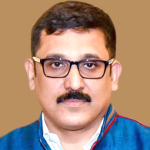 Ginsmon Zacharia – Board Secretary. – NY
Ginsmon Zacharia – Board Secretary. – NY
Ginsmon P. Zachariah, founding chairman and a permanent member of the IAPC Board of Directors, is the managing director of the Global Reporter Channel. A noted journalist who has made innovations in the field of visual media, he is also the chairman of Jai Hind News, a Malayalam newspaper with editions in the United States and Canada. He is the editor-in-chief of Aksharam magazine, a leading Malayalam magazine in the United States, and President and CEO of the English language magazine Asian Era. Ginsmon, who was the manager of The South Asian Times, a leading English language newspaper in America, started his journalism career 16 years ago by taking charge of the European edition of the Deepika, a Malayalam daily. As the US director of Jai Hind TV, he hosted the first reality show with candidates from all the states in US. The reality show, attended by hundreds of Malayalees, was telecast in around 250 episodes, helped many amateur singers to showcase their talent to the world, and was hailed as a historic first for the Malayalees in North America.
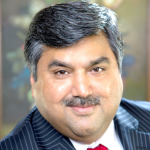 Kamalesh Mehta – NY
Kamalesh Mehta – NY
Kamlesh Mehta, founder of Forsyth Media Group, the most popular Indo-American English media group in North America, is a member of a prominent Jain family in Rajasthan and started out with a diamond business in Bombay in 1985. Mehta immigrated to New York in 1986, with the intention of expanding his business, where he started trading in gemstones and diamonds. Mehta entered the media business in 2008, and his weekly newspaper, ‘The South Asian Times’ for the Indian community, has won several awards. He is also the publisher of Forsyth Media Group’s ‘The Asian Era’. In January 2010, he was appointed director of business and economic development by the Nassau County administration, where he served for five years. In 2009, he became president of the Rotary Club of Hicksville South, NY. In 2015-16, he had the opportunity to become governor of RI District 7255. He has been honored as a leading Rotary donor and has worked for many religious organizations and social causes. He is the founder of the Rajasthan Association of North America and organized the first Indian Day Parade in Hicksville, which started in 2012. Mehta is also the recipient of many lifetime achievement awards and certificates of recognition from various community organizations.
 Dr. Indranill Basu Ray – Cambridge, MA
Dr. Indranill Basu Ray – Cambridge, MA
Dr. Indranill Basu Ray | MBBS, MD(Med), DNB (Card), DSc, FACP, FACC is a Cardiologist trained in one of the newer subspecialties called Interventional Cardiac Electrophysiology. Dr. Basu-Ray was a faculty guide at the Massachusetts Institute of Technology (MIT’s) LinQ program in Boston. He is a staff Cardiac Electrophysiologist and the present Director of Cardiovascular Research at the Memphis Veterans Medical Center in Memphis, TN, USA. He is also an Adjunct Professor at The School of Public Health, University of Memphis, Memphis, TN, USA.
Dr. Basu-Ray is the Editor of a popular book on Cardiology with over forty authors contributing to it from all over the world. He is the founder and President of the American Academy for Yoga in Medicine, an organization of physicians, scientists, and researchers who work on scientific validation of yoga as an integrative therapy. He is the Editor-in-Chief of the world’s first reference book written by over 75 physicians and researchers worldwide called “The Principle and Practice of Yoga in Cardiovascular Diseases,” published by Springer Nature. Dr. Basu Ray has delivered invited lectures worldwide on the role of Yoga and meditation in preventing and treating cardiovascular diseases. He was awarded a Doctorate in Science (Honoris Causa) by the world’s largest and oldest Yoga University- SVYASA, in Bengaluru, India. He has appeared on multiple television channels in this country and abroad, discussing Yoga as disease prevention. He writes blogs for numerous Indian and US Newspapers.
 Dr. Mathew Joys – Las Vegas, NV
Dr. Mathew Joys – Las Vegas, NV
Well-known writer and columnist in North America, Dr. Matthew Joys, was one of the early members of the IAPC. He has worked in the finance department of the central government in India and has been the director of the Rotaract Club and the national general secretary of the Employees Federation. He also served as executive vice president and secretary to the board of directors of IAPC. Author of ‘Entey Priyey’, a collection of love poems based on the Bible and the Ten Commandments, and the anthology ‘American Aadukal’, he spends his time as the executive editor of the Jai Hind, a New York-based newspaper, as well as the associate editor of the Express Herald, and as a member of the editorial board of Nerkazhcha weekly. He is also the Cabinet Member and Media Chairperson of the Global Indian Council (GIC) Inc.
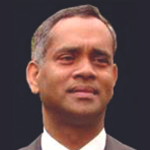 Ajay Ghosh – CT
Ajay Ghosh – CT
Ajay Ghosh, the Chief Editor of The Universal News Network (www.theunn.com), graduated with a Master’s Degree in Journalism from Marquette University, Milwaukee, WI in 1998. Before coming to the United States, Ajay was the Chief Editor of The Voice Delhi and contributed articles to several national publications in India. In the United States, starting his journalistic career as a reporter in 1999 for India Post, he worked as the New York Bureau Chief of Indian Reporter and World News and was the New York Bureau Chief of India Tribune published from Chicago. Ajay served as the Executive Editor of NRI Today and was the Bureau Chief of The Indian Express, North American Editions. He was the founding Editor of The Asian Era. Since 2012, Ajay has been serving as the Media Coordinator of the American Association of Physicians of Indian Origin (AAPI). In 2023, he was appointed as the Consultant for Public Relations Content for ITServe Alliance, the largest association of IT Solutions and services organizations in the United States. Ajay is the founder President of the Indo-American Press Club.
Having a Master’s Degree in Social Work from Delhi University, Ajay served as an Adjunct Faculty at Fordham Graduate School of Social Work from 2006 to 2016. He was an Adjunct Professor at Bridgeport University, where he taught Psychology. In 2019, he was part of a nearly 200-member expedition to Antarctica, the 7th Continent on Earth. Ajay was honored with the Excellence in Reporting Award by the American Association of Physicians of Indian Origin for several years. In 2018, Ajay was honored with the Excellence in Journalism Award by NAMAM, In 2023, he received the prestigious Excellence in Journalism Award by The Kerala Center in New York.
 Meena Chittilapilly – Dallas, TX
Meena Chittilapilly – Dallas, TX
Meena Chittilappilly is a well-known socio-cultural media activist from Dallas, Texas. She held the National Vice-Chairperson position of the Indo-American Press Club (IAPC) from 2022-2024 and the President position of the IAPC Dallas chapter from 2019-2021. Meena, who has been an anchorperson, interviewer, and newsreader on Doordarshan, Asianet USA, and Jai Hind TV, is currently working for Flowers TV USA.
Holding a Master’s in Business Administration (MBA) and another Master’s in Analytical Economics, Meena has worked in the field of education as a school director and a teacher for many years and is currently working as a project manager at Quantiphi, an international IT company. She was also active as the Marketing and Branding Chairperson (2019), Arts Chairperson (2020-2022), Board of Directors (2022-2024) of Malayalee Engineers of North Texas (MEANT), and the President of the Dallas Badminton Club (2010-2011). Moreover, she has been running the Swarajathi School of Music and Dance since 2001 and is an active organizer and media personality who has been making her mark in the professional theater industry. During her college years, she was the Arts Club Secretary and Union Councilor of All-Saints College, Thiruvananthapuram from 1990-1992.
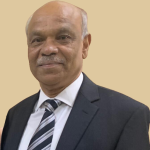 CG Daniel – Houston, TX
CG Daniel – Houston, TX
CG Daniel is a well-known writer and amateur photographer with a large following, especially on social media. He is an environmentalist and a cynophile. He has participated in television panel discussions about American and Indian politics. He is the founder, president, and CEO of the Deepalaya Foundation Inc., USA, a nonprofit charitable organisation. He has served the IAPC at various levels, including as chapter president, national vice-president, and general secretary.
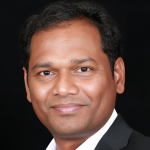 Dr. P V Baiju – Edmonton, CAD
Dr. P V Baiju – Edmonton, CAD
A well-known Canadian author and columnist. P.V. Baiju, is a noted journalist who has presented the issues of Canadian Malayalees to the world through his columns.
 Jacob Kudasanad – Houston
Jacob Kudasanad – Houston
Jacob Kudassanad (Kuruvila), the founding Vice President of the Houston chapter of Indo American Press Club, is a long-standing member of the organization. Through his time in IAPC, he has also been able to serve as the National Secretary in 2018 and National Executive Vice President in 2019.
He began his journalistic activities in his college days, where he got the chance to be the Alleppy district representative for All Kerala Sahitya Sangam. He also served as the editor for his college’s magazine, as well as various other local magazines. During his time as editor, he was able to harness his creativity and publish many short stories and poems in printed media. More recently, he has contributed to news publications for the Malayalam News Media.
Since immigrating to the US in 1985, Jacob has been an active and committed member of various cultural and religious organizations. He joined the World Malayalee Council in 1995 and has held several positions, including President, Chairman, and Secretary, at the American Region and Houston Province levels. Additionally, he served as the General Secretary of the Malayalee Association of Greater Houston in 2000. His dedication has persisted throughout the years, as he serves as the Vice President – Admin in the American Region. He was able to serve as the Houston Bureau Coordinator for Reporter TV USA.
Finally, he is the current World Malayalee Council Chairman (America Region) and has been a member of St. Thomas Orthodox Cathedral Houston’s Golden Jubilee Souvenir Committee Chair. He was blessed with the opportunity to serve in multiple capacities. He hopes to continue to be a contributing member of the Indo–American community in the coming years
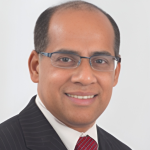 Reji Philip – Philadelphia
Reji Philip – Philadelphia
Reji Phillip, a reporter for the Global Reporter channel, is a well-known journalist. He holds a master’s degree in journalism and manages the creative department in several visual and online media.
 Jacob Abraham – NY
Jacob Abraham – NY
Jacob Abraham is the CEO of Hedge Events and the publisher of Hedge News. With a keen eye for detail and a strategic mindset, Jacob has successfully led Hedge Events to become a premier event management company known for its innovative and high-quality events. His leadership has also elevated Hedge News, a prominent publication that offers in-depth analysis and insights into the financial world. Jacob’s expertise and dedication have made him a respected figure in the industry, continually pushing the boundaries of excellence in event management and financial journalism.
 Dr. Renee Mehra – Chicago
Dr. Renee Mehra – Chicago
Dr. Renee Mehra has been working in the media since 1990. Renee is the host of the show ‘Renee Report’, which provides media coverage on politics, health, human interest stories, fashion, film, theater, and current affairs. She has been the president of Reenbow Media, an advertising, broadcasting, and public relations company since 2010. She acted as associate director of external affairs department NYC health, hospitals/Queens from 2014 to 2017. After earning a BA in broadcast journalism from the University of New York, and an MA in political management and public relations from the George Washington University, she received her doctorate from Walden University.
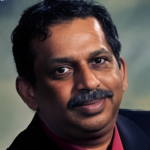 Joseph John – Calgary, CAD
Joseph John – Calgary, CAD
Joseph John is a Canadian Freelance Guild (CFG) and a Calgary-based freelance reporter who is president of the Alberta Chapter of the Indo-American Press Club. Joseph has also been the president of the Malayalee Cultural Association of Calgary, which has more than 4,000 members. Joseph John, founder, and organizer of ‘Kavya Sandhya,’ which promotes literary and cultural activities for children in Calgary. In addition, he serves as the Canada coordinator of ‘Malayalam Mission’, (The Malayalam Mission is an initiative by the Government of Kerala to provide opportunities for Malayalees around the world to learn their mother tongue, Malayalam). He was the secretary of the National Association of Corrosion Engineers and for the Association of Materials Protection and Performance, Calgary Chapter of the U.S. & Canada Northern Area.
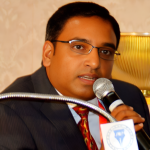 Cyriac Scaria – San Antonio
Cyriac Scaria – San Antonio
Medi-Lightment journalist, entrepreneur, wellness missionary, and proponent of “BYGA Wellness” (Build Yourself Great Again) via health and nutrition. Currently working on projects that reduce medication dependence and increase happiness through overall well-being.
 Korason Varghese – NY
Korason Varghese – NY
Previously served as the General Secretary and Executive VP of IAPC. Columnist, Cartooninst and interviewer. Regional Director, Y’s Men’s Club of US and UN Representaive. Served as the International PRO of the worldwide Service Organization. Published Two books and recieved several Media Awards and recognitions.
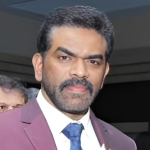 Joji Kavanal – NY
Joji Kavanal – NY
Joji Kavanal is the treasurer of the Malankara Archdiocese of North America and one of the founding directors of the Indo-American Press Club. He also served as the director of Jaihind TV USA from 2010 to 2013. He was chief editor of Malankara Deepam annual publication of the Malankara Archdiocese
He practiced law in the Kerala high court and is also a treasurer of the Kerala High Court Advocates Association. His extensive experience and dedication have significantly contributed to his leadership roles within the diaspora community, bridging cultural and professional ties between India and North America.
 Anil Augustine – Atlanta
Anil Augustine – Atlanta
Anil Augustine is an Atlanta, GA resident, professionally a Public Relations (PR) management consultant in the International Trade, Media, and Human Resource domains. Currently, he serves as the Managing Director of an enterprise advisory firm www.AuguDEST.com, which assists global entrepreneurs, in reaching expertise in bilateral global trade, Media, PR & HR avenues. He is the joint promoter at the marketplace aggregator – Rural Agricultural Development Technology and Research. Anil serves on the Henry County, GA School System’s Advisory Council Board Since 2016 and the Eagle’s Landing Middle School as President of the PTO Board since 2019. As a Public Relations Officio, Anil is involved with Global Indian Council, a diaspora advocacy institution and World Malayalee Council, the global fraternity of Kerala diaspora. He serves on the Executive Board of the Federation of Malayalee Associations in Americas (FOMAA) immigration advocacy initiative – L.i.F.e, FOMAA Legal Immigration Federation, Anil served as the National Vice-president of IAPC and enthusiastically contributed to the International Media Convention in 2018 as the IAPC Atlanta Chapter Advisory Board member.
 Morley J. Nair – Philadelphia
Morley J. Nair – Philadelphia
Morley (Murali) J. Nair is a lawyer, journalist, writer, and a world traveler. Based in Philadelphia, PA, he has been practicing law for the past 30 years. He has published numerous works of fiction and non-fiction, both in English and Malayalam, in the leading newspapers and periodicals in India, the United States, the UK, and the Middle East. For several years, he has been the Jeddah-based correspondent for the Riyadh Daily newspaper, published from the Saudi capital. Mr. Nair has published four books in Malayalam – two collections of short stories, a travelogue, and a novel; and two books in English – The Monsoon Mystic (a novel) and Chorashastra: The Subtle Science of Thievery (published by Penguin India and short-listed for the Bangalore-based Atta Galatta Literary Prize – translation of eminent writer V.J. James’ novel Chorashastram). He has received a number of literary awards, both in India and the US. He is also an avid world traveler – has visited about 120 countries and has been on about 40 cruises around the world so far.
 Indo American Press Club (IAPC) is the fast-growing syndicate of print, visual, online, and electronic media journalists and other media-related professionals of Indian origin working in the United States, Canada, and Europe. IAPC is committed to enhancing the working conditions of our journalists, exchanging ideas, and offering educational and training opportunities to our members, aspiring young journalists, and media professionals around the globe; and also by honoring media people for their excellence, and for bringing positive changes through their dedicated service among the community. Today IAPC envisages its vision through collective efforts and advocacy activities through its 15 Chapters across the US and Canada, in the larger public sphere.
Indo American Press Club (IAPC) is the fast-growing syndicate of print, visual, online, and electronic media journalists and other media-related professionals of Indian origin working in the United States, Canada, and Europe. IAPC is committed to enhancing the working conditions of our journalists, exchanging ideas, and offering educational and training opportunities to our members, aspiring young journalists, and media professionals around the globe; and also by honoring media people for their excellence, and for bringing positive changes through their dedicated service among the community. Today IAPC envisages its vision through collective efforts and advocacy activities through its 15 Chapters across the US and Canada, in the larger public sphere.










 Dr. Joseph M Chalil – Chairman – FL
Dr. Joseph M Chalil – Chairman – FL Parveen Chopra – Vice Chairman – NY
Parveen Chopra – Vice Chairman – NY Ginsmon Zacharia – Board Secretary. – NY
Ginsmon Zacharia – Board Secretary. – NY Kamalesh Mehta – NY
Kamalesh Mehta – NY Dr. Indranill Basu Ray – Cambridge, MA
Dr. Indranill Basu Ray – Cambridge, MA Dr. Mathew Joys – Las Vegas, NV
Dr. Mathew Joys – Las Vegas, NV Ajay Ghosh – CT
Ajay Ghosh – CT Meena Chittilapilly – Dallas, TX
Meena Chittilapilly – Dallas, TX CG Daniel – Houston, TX
CG Daniel – Houston, TX Dr. P V Baiju – Edmonton, CAD
Dr. P V Baiju – Edmonton, CAD Jacob Kudasanad – Houston
Jacob Kudasanad – Houston Reji Philip – Philadelphia
Reji Philip – Philadelphia Jacob Abraham – NY
Jacob Abraham – NY Dr. Renee Mehra – Chicago
Dr. Renee Mehra – Chicago Joseph John – Calgary, CAD
Joseph John – Calgary, CAD Cyriac Scaria – San Antonio
Cyriac Scaria – San Antonio Korason Varghese – NY
Korason Varghese – NY Joji Kavanal – NY
Joji Kavanal – NY Anil Augustine – Atlanta
Anil Augustine – Atlanta Morley J. Nair – Philadelphia
Morley J. Nair – Philadelphia Indo American Press Club (IAPC) is the fast-growing syndicate of print, visual, online, and electronic media journalists and other media-related professionals of Indian origin working in the United States, Canada, and Europe. IAPC is committed to enhancing the working conditions of our journalists, exchanging ideas, and offering educational and training opportunities to our members, aspiring young journalists, and media professionals around the globe; and also by honoring media people for their excellence, and for bringing positive changes through their dedicated service among the community. Today IAPC envisages its vision through collective efforts and advocacy activities through its 15 Chapters across the US and Canada, in the larger public sphere.
Indo American Press Club (IAPC) is the fast-growing syndicate of print, visual, online, and electronic media journalists and other media-related professionals of Indian origin working in the United States, Canada, and Europe. IAPC is committed to enhancing the working conditions of our journalists, exchanging ideas, and offering educational and training opportunities to our members, aspiring young journalists, and media professionals around the globe; and also by honoring media people for their excellence, and for bringing positive changes through their dedicated service among the community. Today IAPC envisages its vision through collective efforts and advocacy activities through its 15 Chapters across the US and Canada, in the larger public sphere.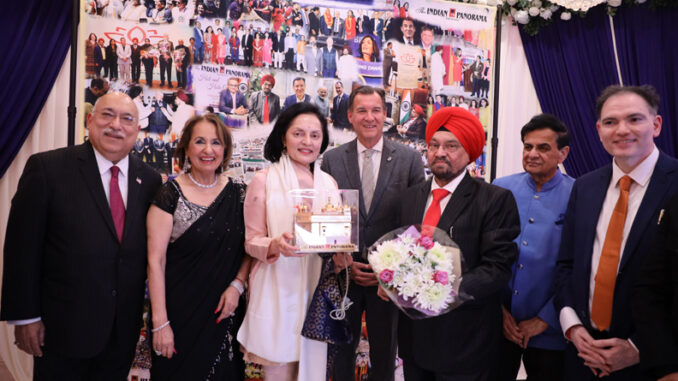 For the news weekly’s Founding Editor and Publisher Prof Indrajit Singh Saluja, it was a double celebration as he also cut a cake for his 80th birthday. Editor-Publisher Indrajit S. Saluja thanked the patrons for their support and loyalty.
For the news weekly’s Founding Editor and Publisher Prof Indrajit Singh Saluja, it was a double celebration as he also cut a cake for his 80th birthday. Editor-Publisher Indrajit S. Saluja thanked the patrons for their support and loyalty.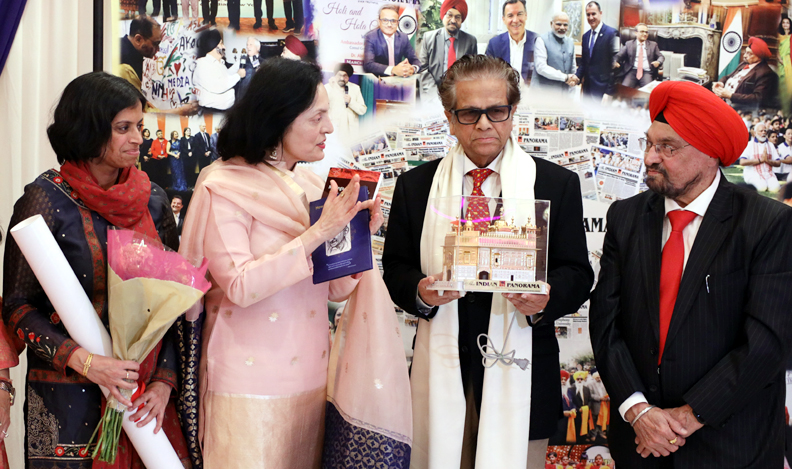 Purnima Desai (Excellence in Culture Award) is the founder of Shikshayatan Cultural Center and Sriniketan Foundation which encourage and support Indian music and arts through training and events.
Purnima Desai (Excellence in Culture Award) is the founder of Shikshayatan Cultural Center and Sriniketan Foundation which encourage and support Indian music and arts through training and events. The guests at the gala included Padma Shri Dr Sudhir Parikh, Publisher of Parikh Media Worldwide, and Dilip Chauhan who represented NYC Mayor Eric Adams. Prominent Community organizations were represented: Gobind Munjal and Dr Jagdish Gupta from AIA, Dr Avinash Gupta, Srujal Parikh, and Alok Kumar from FIA-Tristate, and Thomas Abraham from GOPIO. IOC-USA was represented by George Abraham.
The guests at the gala included Padma Shri Dr Sudhir Parikh, Publisher of Parikh Media Worldwide, and Dilip Chauhan who represented NYC Mayor Eric Adams. Prominent Community organizations were represented: Gobind Munjal and Dr Jagdish Gupta from AIA, Dr Avinash Gupta, Srujal Parikh, and Alok Kumar from FIA-Tristate, and Thomas Abraham from GOPIO. IOC-USA was represented by George Abraham.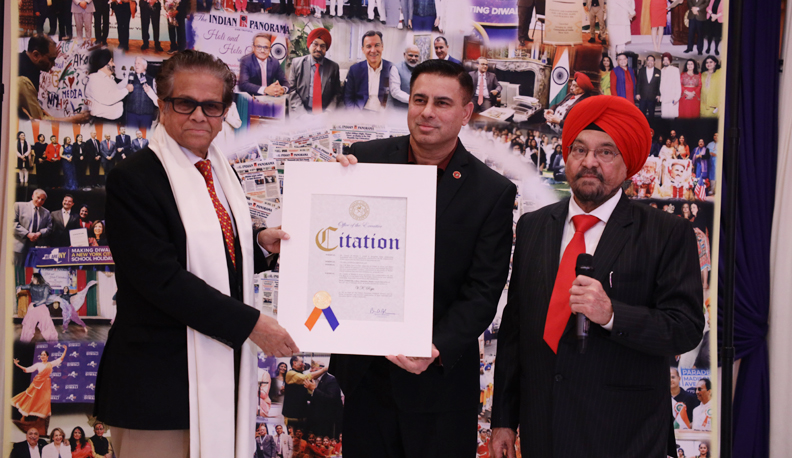 Those at the event from the electronic media included Pardeep Gill from Global Punjab, Munish Byala, and Gurinder Hothi. Photographers included Mohammed Jaffer, Vijay Shah and Kripa Prasad.
Those at the event from the electronic media included Pardeep Gill from Global Punjab, Munish Byala, and Gurinder Hothi. Photographers included Mohammed Jaffer, Vijay Shah and Kripa Prasad.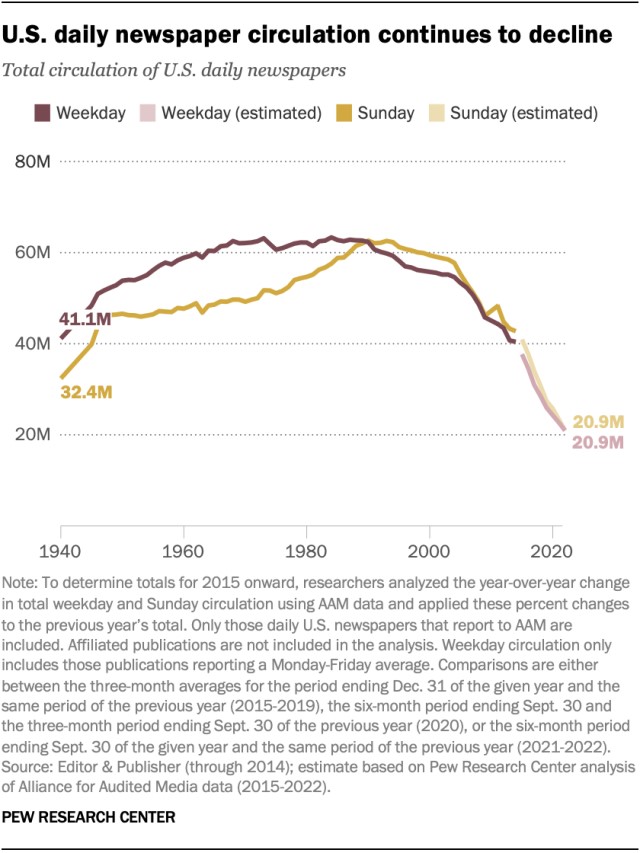
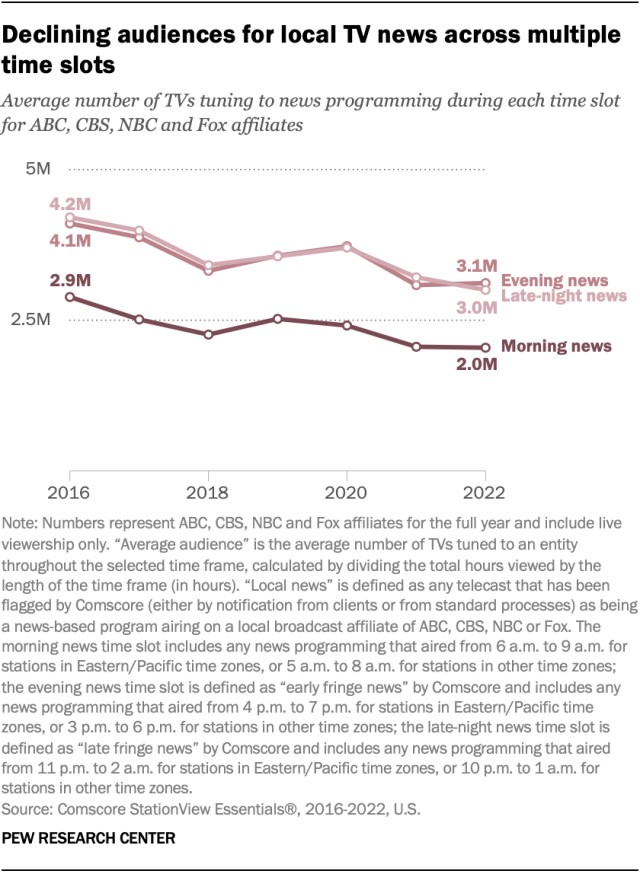
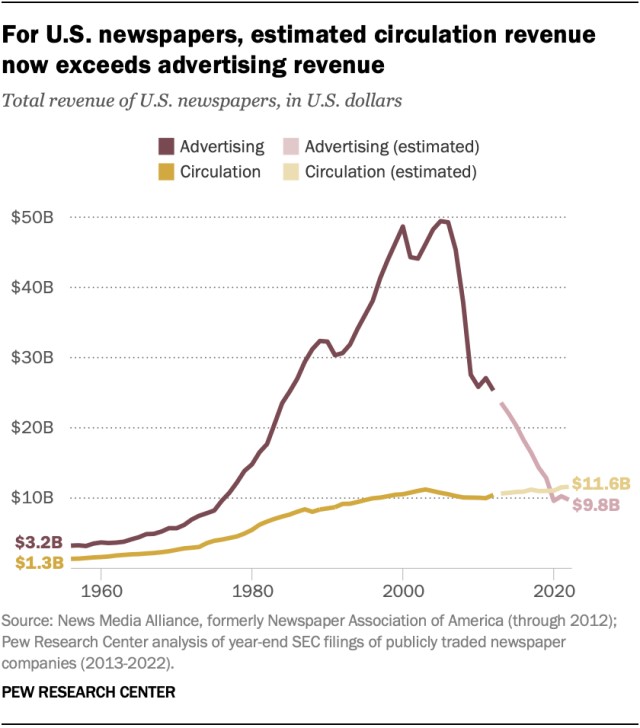
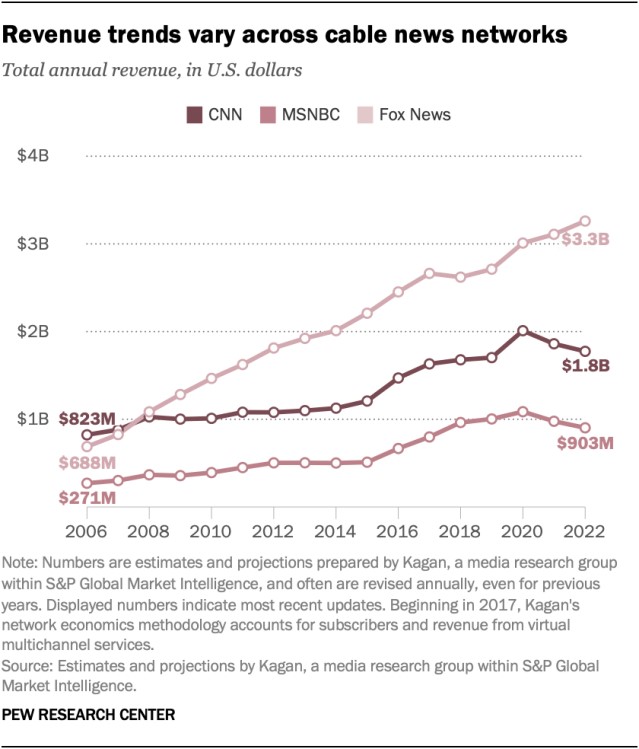 Revenue trends for
Revenue trends for 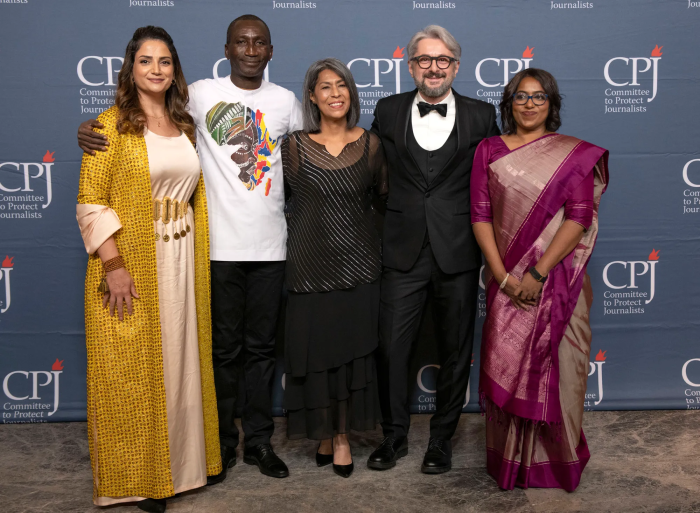 government officials in Karnataka state sought to criminalize her reporting published in Tehelka, a prominent investigative magazine where she worked at the time. Her report cast doubt on a police investigation into 2008 bomb blasts in Bengaluru, alleging that the police had fabricated witness statements to arrest a local Muslim cleric.
government officials in Karnataka state sought to criminalize her reporting published in Tehelka, a prominent investigative magazine where she worked at the time. Her report cast doubt on a police investigation into 2008 bomb blasts in Bengaluru, alleging that the police had fabricated witness statements to arrest a local Muslim cleric.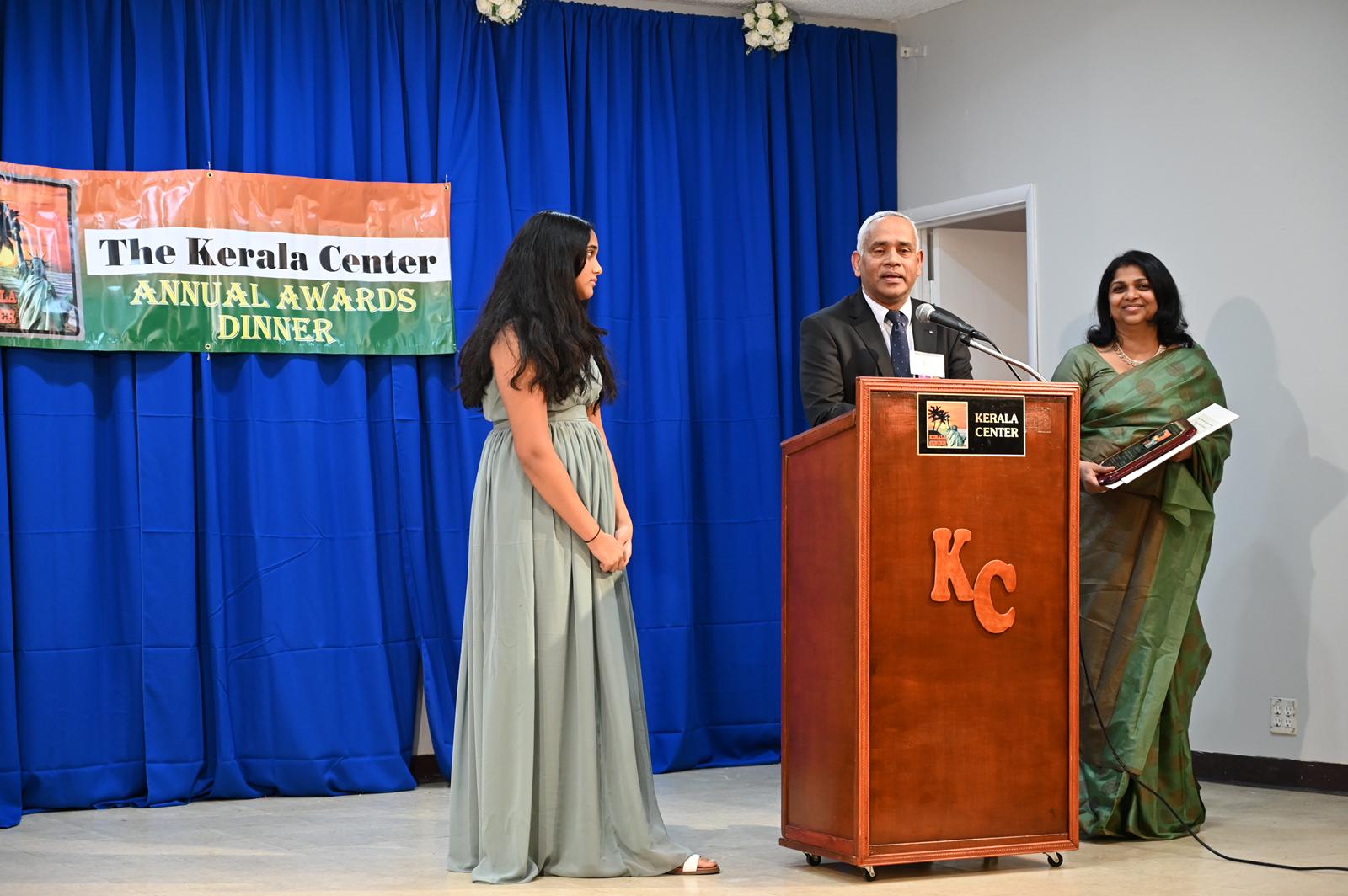 Ajay Ghosh, the Chief Editor and co-publisher of The Universal News Network (www.theunn.com) was awarded with the prestigious Kerala Center Annual Award for Excellence in Journalism during the 31st Annual Awards Banquet held on October 28, 2023 at The Indian American Kerala Cultural and Civic Center in Elmont, New York. New York State Senator Kevin Thomas presented the Award to Ajay Ghosh, during the awards ceremony that was attended by nearly 200 people from across the United States and Canda, including several elected officials, community and business leaders.
Ajay Ghosh, the Chief Editor and co-publisher of The Universal News Network (www.theunn.com) was awarded with the prestigious Kerala Center Annual Award for Excellence in Journalism during the 31st Annual Awards Banquet held on October 28, 2023 at The Indian American Kerala Cultural and Civic Center in Elmont, New York. New York State Senator Kevin Thomas presented the Award to Ajay Ghosh, during the awards ceremony that was attended by nearly 200 people from across the United States and Canda, including several elected officials, community and business leaders. of The Voice Delhi and contributed articles to several national publications in India.
of The Voice Delhi and contributed articles to several national publications in India.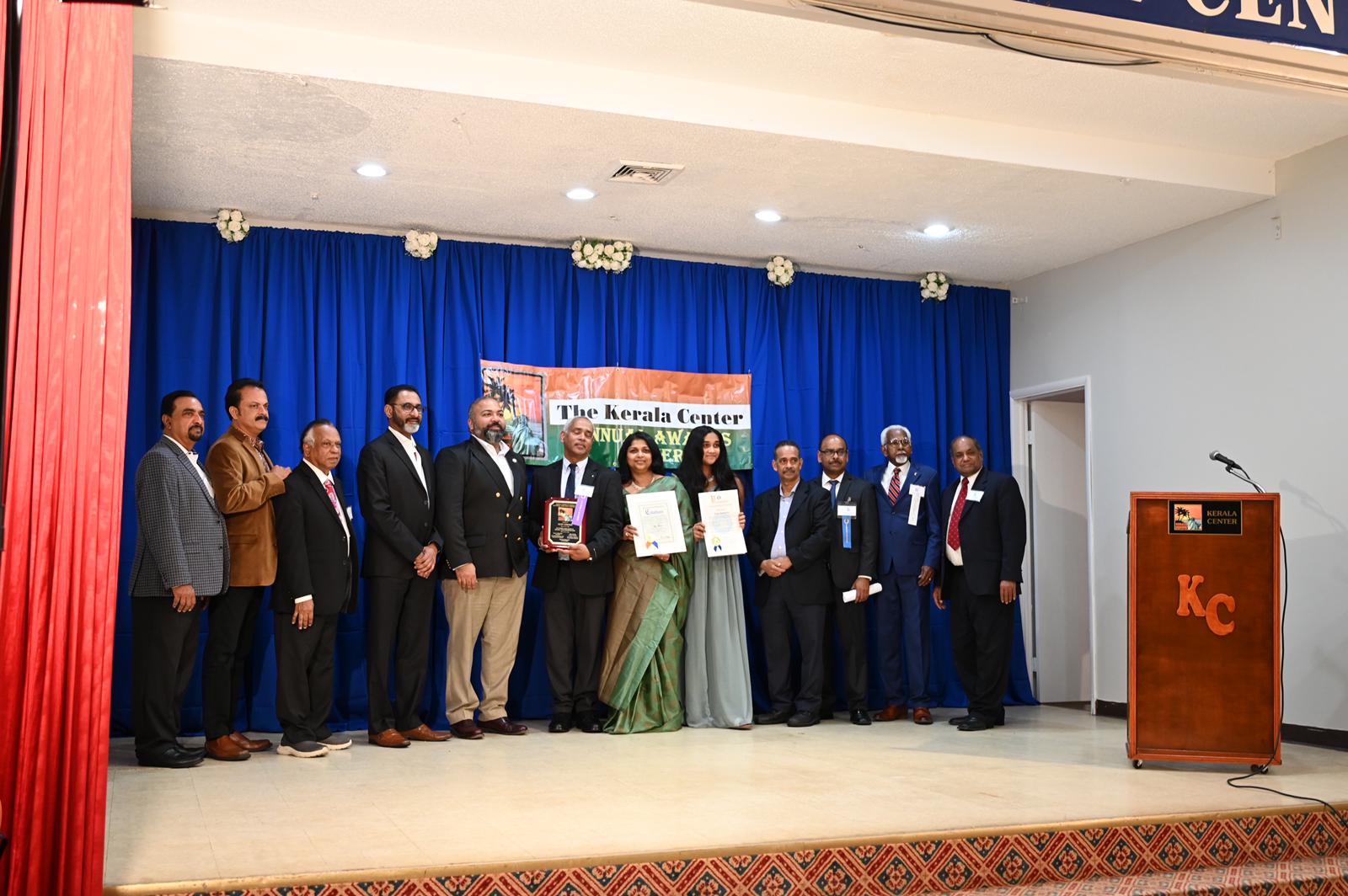
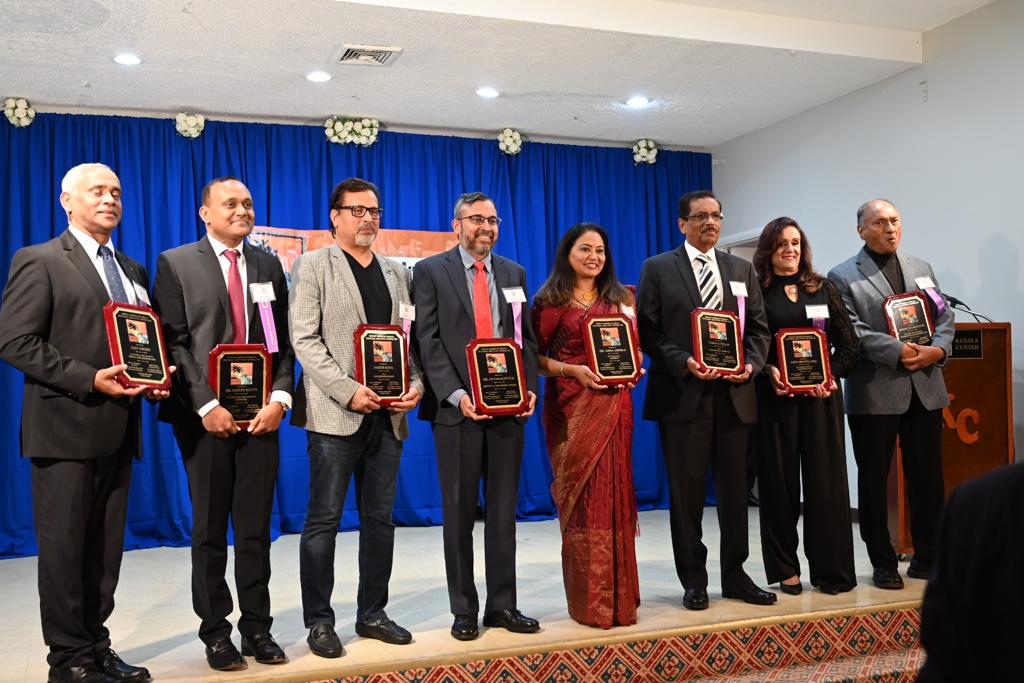 Ajay works as a Psychiatric Social Worker at Yale-New Haven Psychiatric Hospital from 2017 onwards, and currently serves as a full-time Licensed Clinical Social Worker at Bridgeport Hospital. He worked as a Social Worker at Hartford Health at Home from 2019 to 2022. Ajay served as the Administrator of the Mental Health Clinic at St. Dominic’s Home, Bronx, NY from 1999 to 2015.
Ajay works as a Psychiatric Social Worker at Yale-New Haven Psychiatric Hospital from 2017 onwards, and currently serves as a full-time Licensed Clinical Social Worker at Bridgeport Hospital. He worked as a Social Worker at Hartford Health at Home from 2019 to 2022. Ajay served as the Administrator of the Mental Health Clinic at St. Dominic’s Home, Bronx, NY from 1999 to 2015.
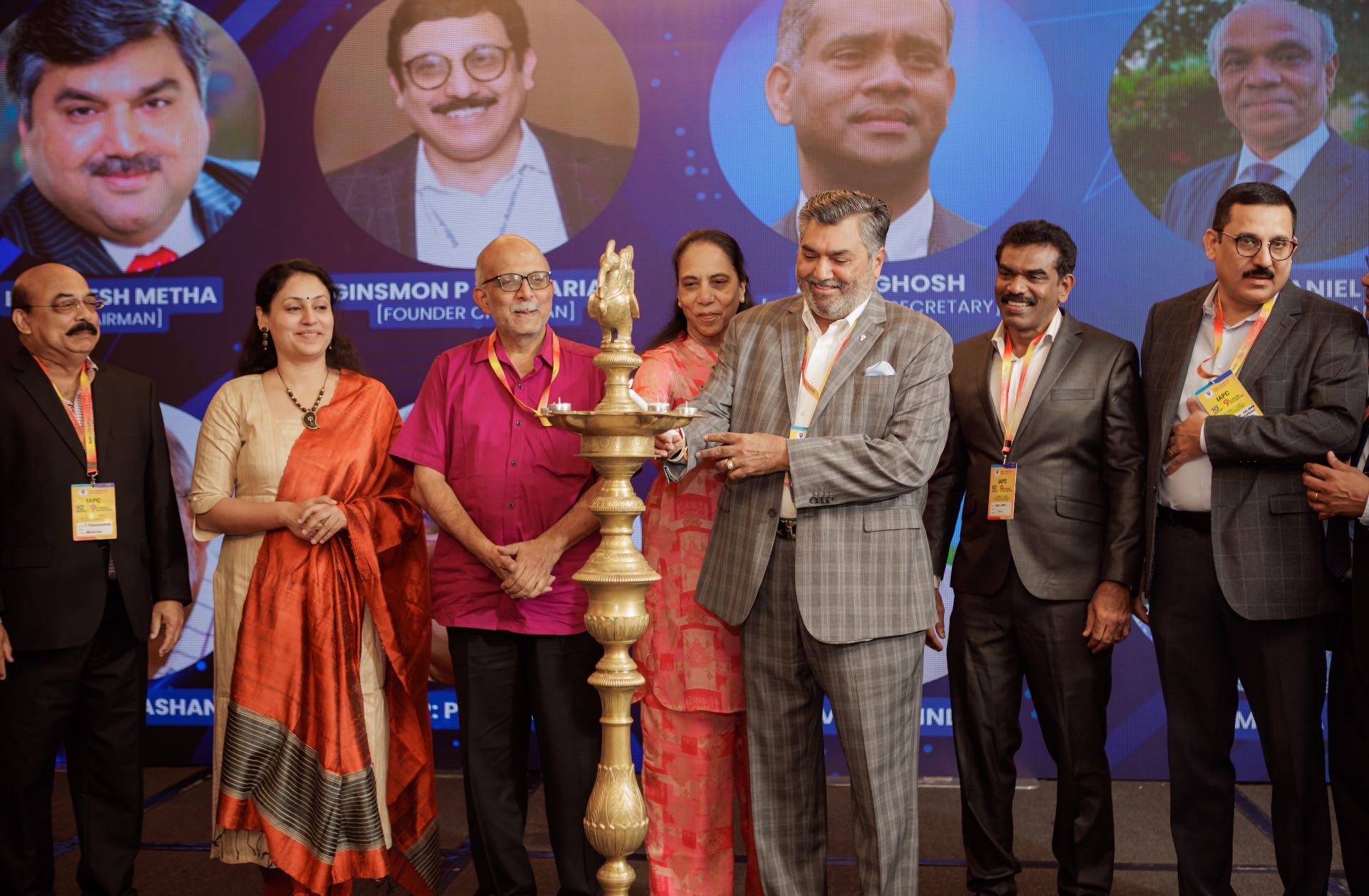
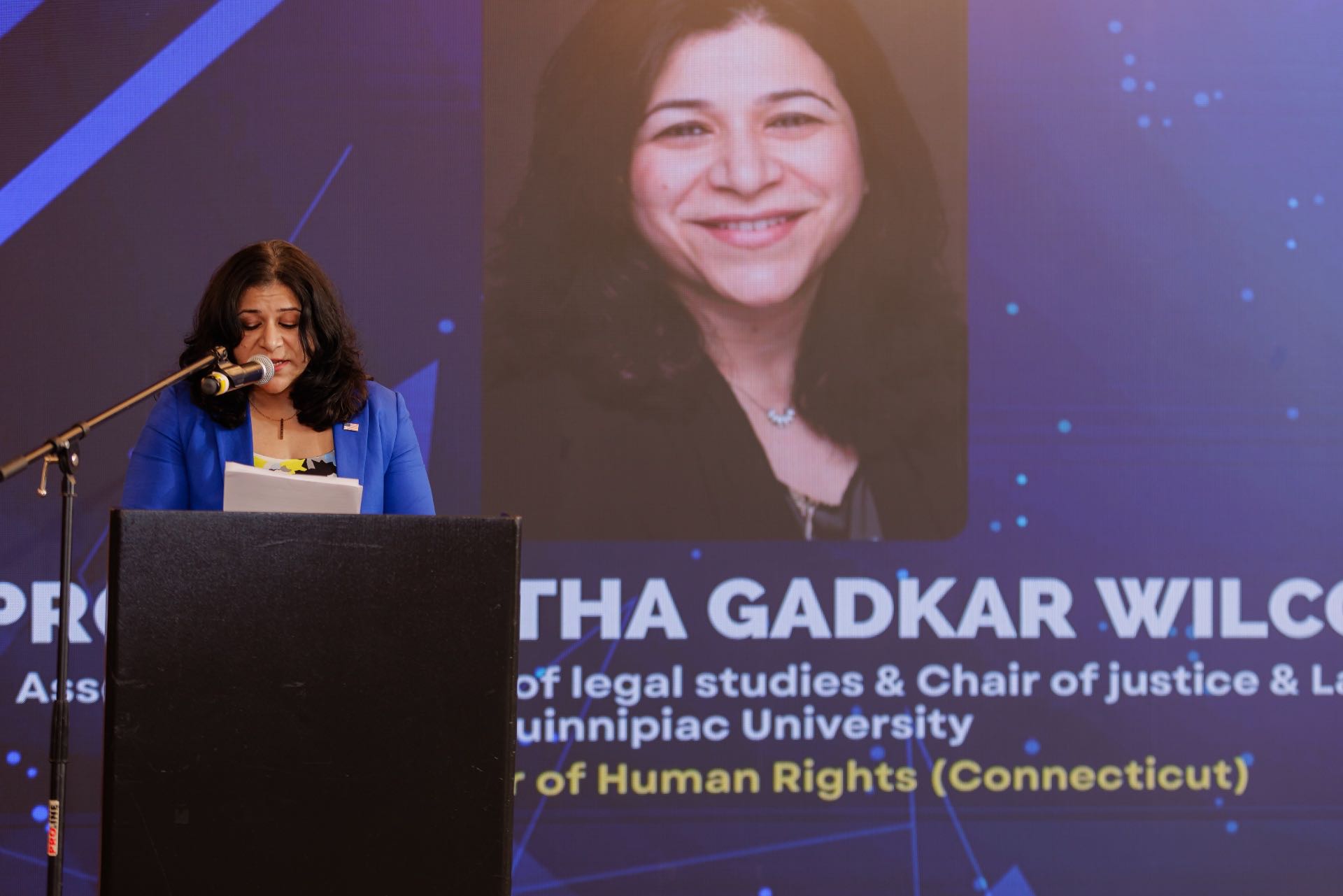
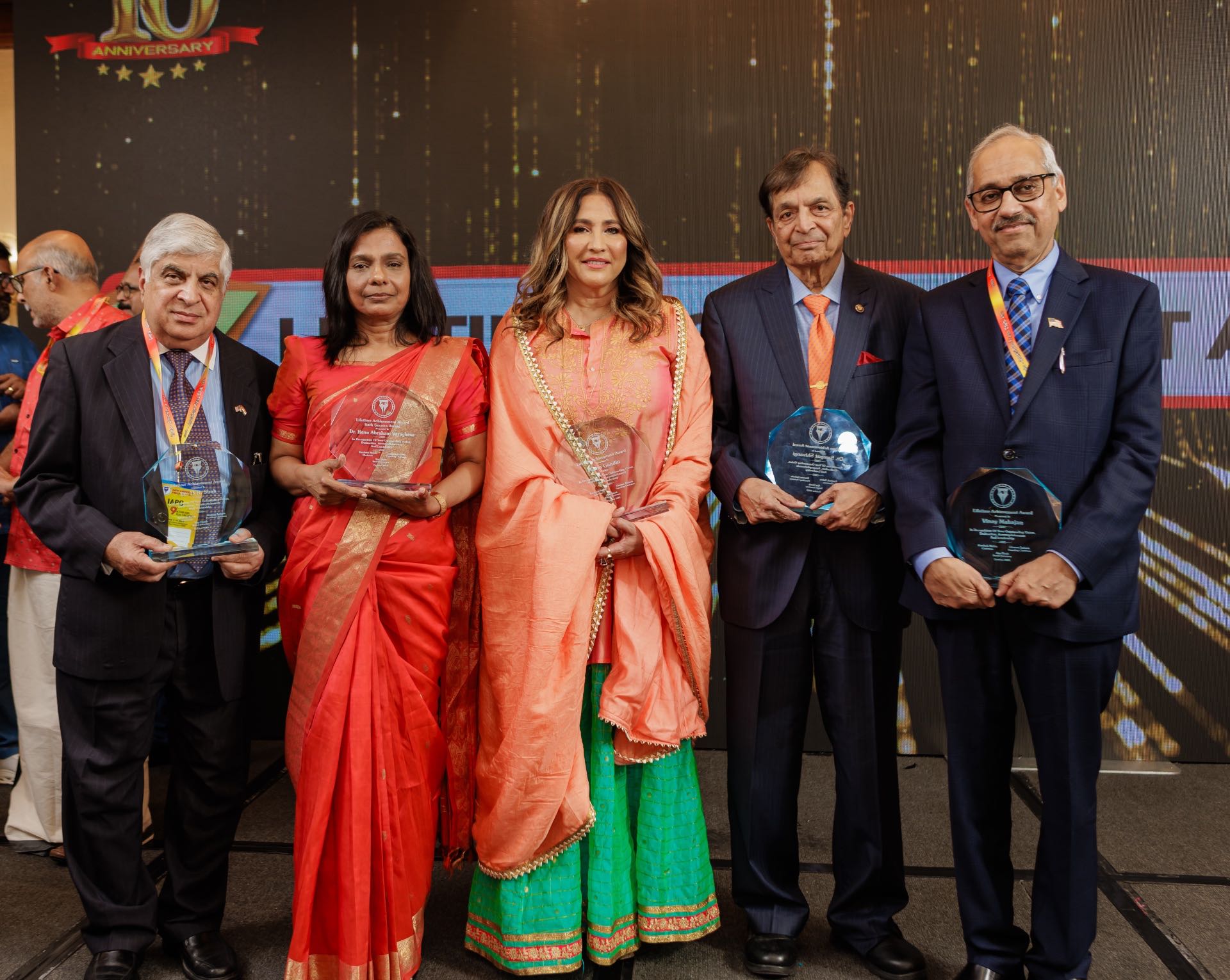
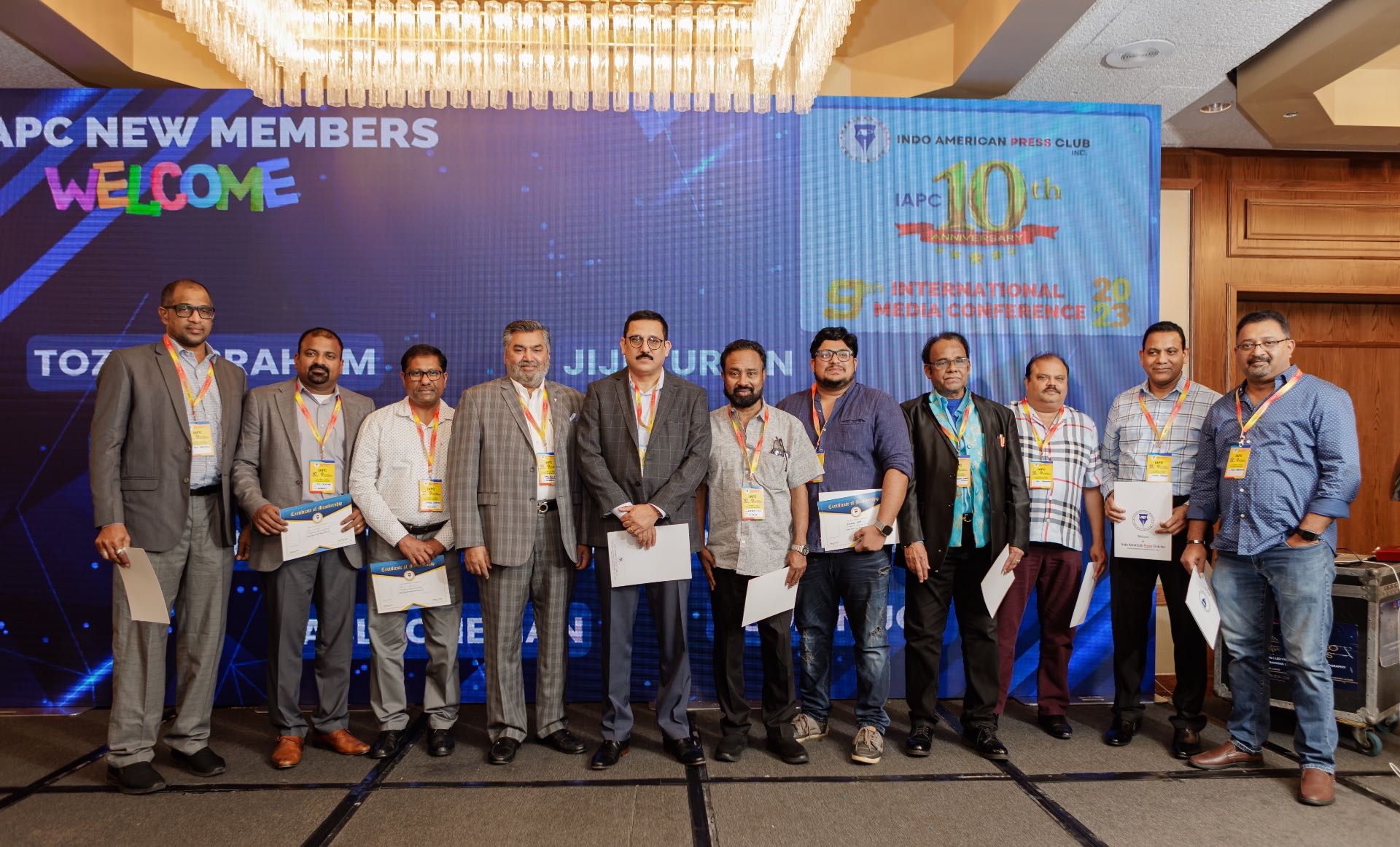
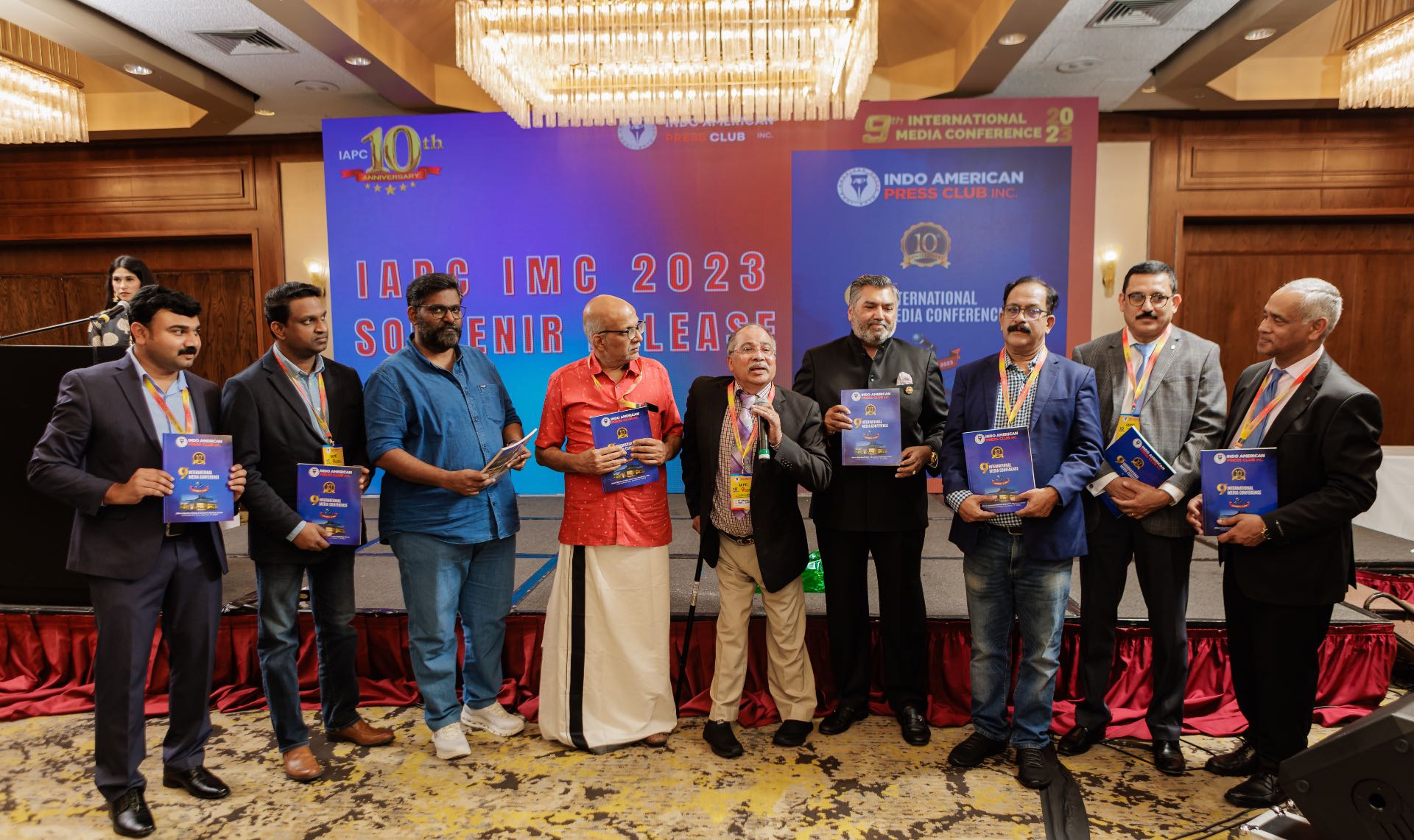
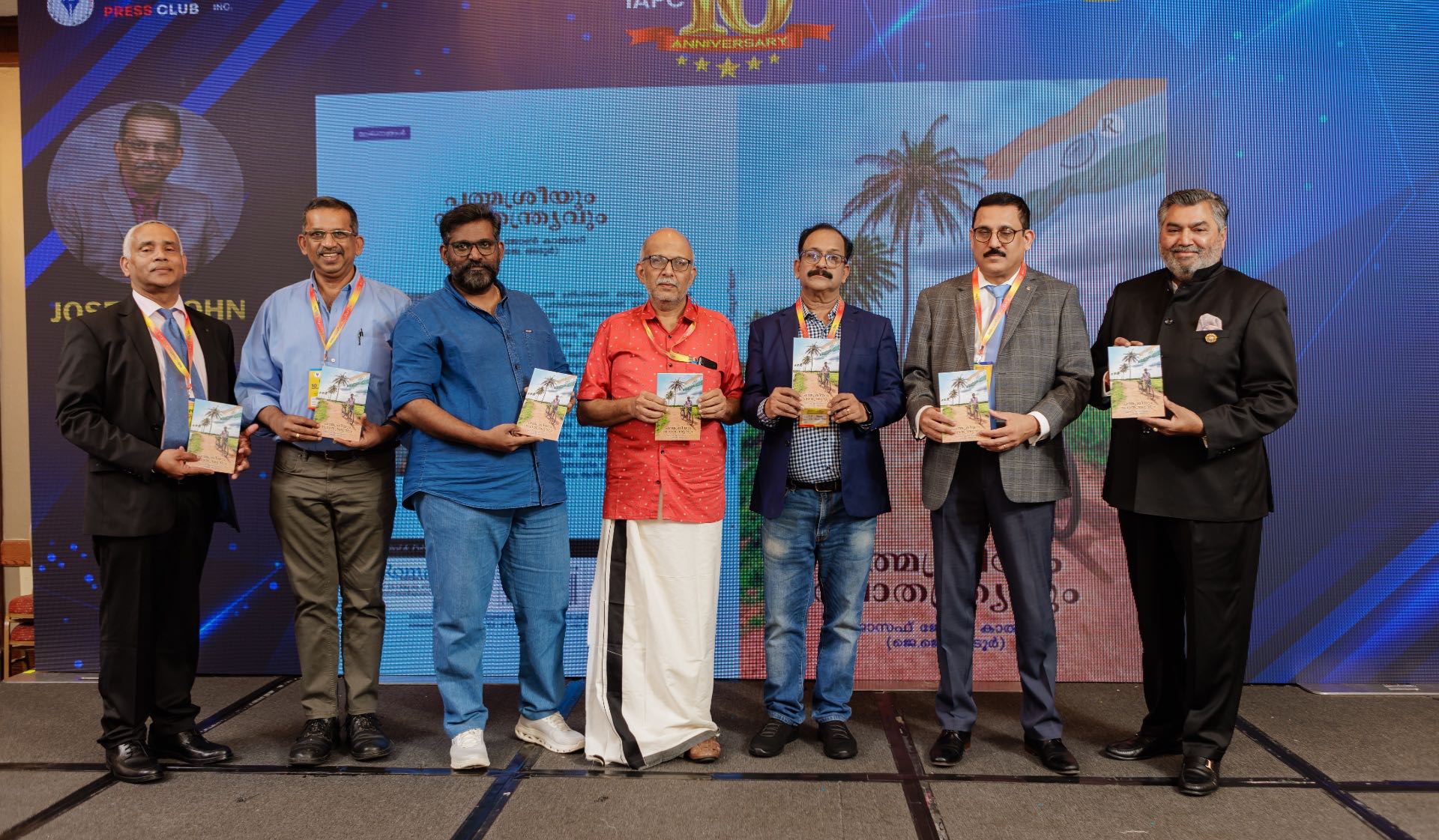
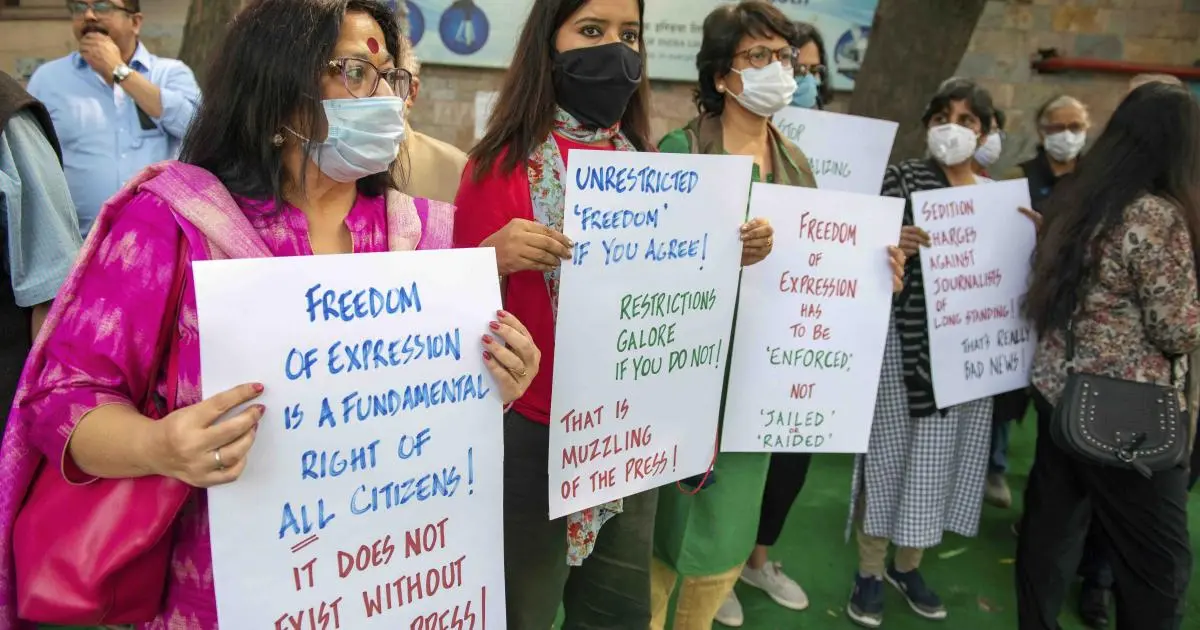
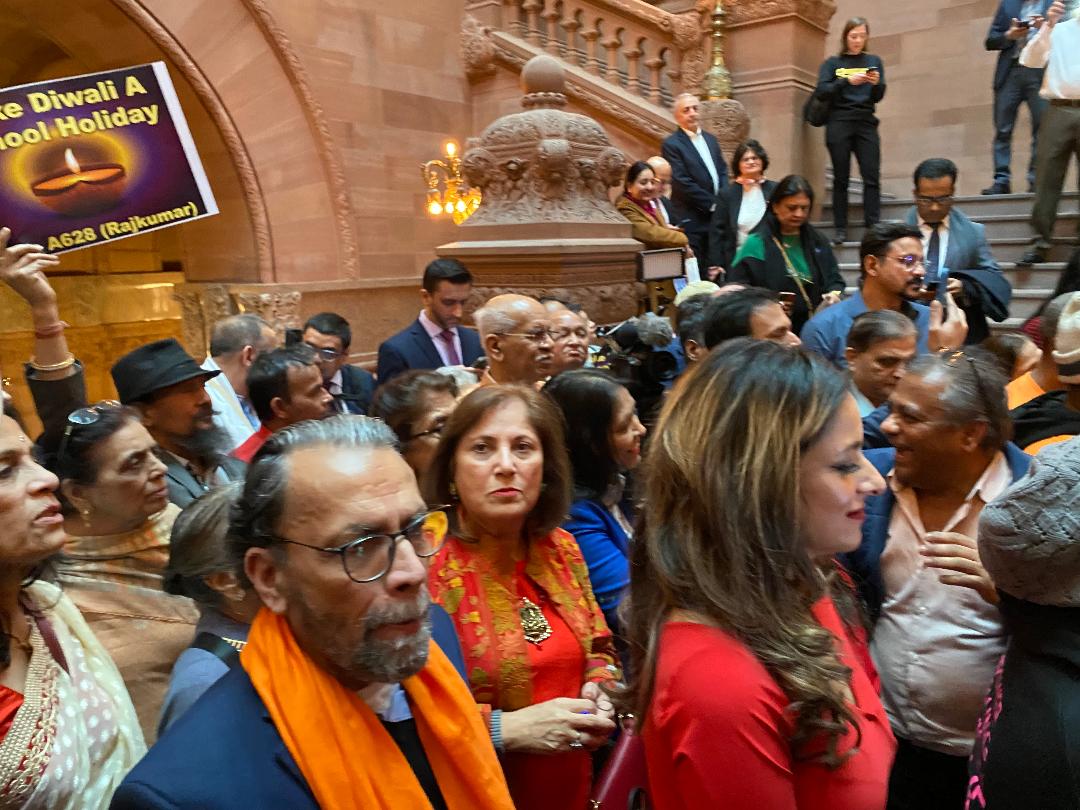




 Pratik Khedkar, an avid biker and Koo employee, will ride 4000 kilometres from Madhya Pradesh to Uttarakhand. Pratik will visit key pilgrimage sites in the Himalayan state, including Haridwar, Rishikesh, Uttarkashi, Gangotri, Yamunotri, and Badrinath, as part of Koo’s Operations Team. The journey will come to an end at Gaurikund, the base camp for the Kedarnath trek. This campaign, which has the support of Uttarakhand Tourism, aims to assist temple trusts and spiritual centres across the state in harnessing the social media revolution that is currently transforming the world. The ‘India Spiritual Journey’ will be gradually expanded to pilgrimage sites throughout India.
Pratik Khedkar, an avid biker and Koo employee, will ride 4000 kilometres from Madhya Pradesh to Uttarakhand. Pratik will visit key pilgrimage sites in the Himalayan state, including Haridwar, Rishikesh, Uttarkashi, Gangotri, Yamunotri, and Badrinath, as part of Koo’s Operations Team. The journey will come to an end at Gaurikund, the base camp for the Kedarnath trek. This campaign, which has the support of Uttarakhand Tourism, aims to assist temple trusts and spiritual centres across the state in harnessing the social media revolution that is currently transforming the world. The ‘India Spiritual Journey’ will be gradually expanded to pilgrimage sites throughout India. The fact that the hashtag started in 2017, involves several Influencers, and is used regularly is a testament to Twitter’s unwillingness to address these concerns. In the garb of such ‘services’, personal data of the users are being mined, to be used for criminal activities from ‘sextortion’ to rape, to sexual exploitation of minors, leading to grave consequences, including suicides. Anti-social/anti-India elements are taking advantage of this ‘free porn’ environment of Twitter, weaponising the content. An elaborate psy-war is being waged to damage India’s communal harmony, particularly between Hindus and Muslims, the report said. “Hundreds of fake handles are running coordinated campaigns, dehumanising the women of both religions. These handles pretend to be Hindus (#hstuds) when demeaning Muslim girls (#mslut); and Muslim (#mstud), while demeaning Hindu girls (#hslut),” it added.
The fact that the hashtag started in 2017, involves several Influencers, and is used regularly is a testament to Twitter’s unwillingness to address these concerns. In the garb of such ‘services’, personal data of the users are being mined, to be used for criminal activities from ‘sextortion’ to rape, to sexual exploitation of minors, leading to grave consequences, including suicides. Anti-social/anti-India elements are taking advantage of this ‘free porn’ environment of Twitter, weaponising the content. An elaborate psy-war is being waged to damage India’s communal harmony, particularly between Hindus and Muslims, the report said. “Hundreds of fake handles are running coordinated campaigns, dehumanising the women of both religions. These handles pretend to be Hindus (#hstuds) when demeaning Muslim girls (#mslut); and Muslim (#mstud), while demeaning Hindu girls (#hslut),” it added. The action came after the National Commission for Protection of Child Rights (NCPCR) issued a notice to Twitter India, asking the social media platform to remove the tweet which revealed the identity of the rape victim.
The action came after the National Commission for Protection of Child Rights (NCPCR) issued a notice to Twitter India, asking the social media platform to remove the tweet which revealed the identity of the rape victim.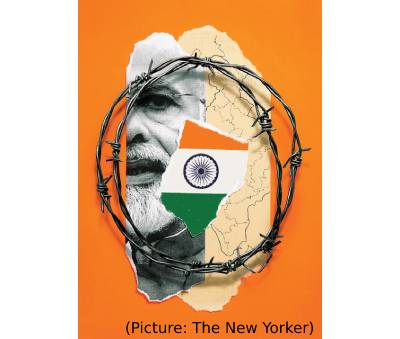 The Biden administration has condemned the harassment and ‘extrajudicial surveillance’ of journalists and others in reaction to reports published by a consortium of news websites that
The Biden administration has condemned the harassment and ‘extrajudicial surveillance’ of journalists and others in reaction to reports published by a consortium of news websites that 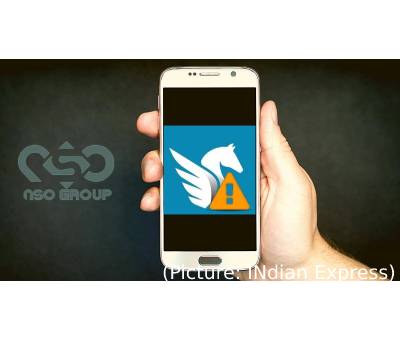 New Delhi has hostile relations with China and Pakistan at present, and their diplomats are under close watch, but it is significant that the list included several countries that India has very friendly ties with as well. They include a woman who made sexual harassment allegations against India’s former chief justice, as well as Tibetan Buddhist clerics, Pakistani diplomats and Chinese journalists, the reports said. More than 50,000 phone numbers of citizens clustered mainly in Azerbaijan, Bahrain, Hungary, India, Kazakhstan, Mexico, Morocco, Rwanda, Saudi Arabia and the United Arab Emirates have been studied as a part of the international collaboration by NGOs and media organisations investigating phone surveillance using Pegasus.
New Delhi has hostile relations with China and Pakistan at present, and their diplomats are under close watch, but it is significant that the list included several countries that India has very friendly ties with as well. They include a woman who made sexual harassment allegations against India’s former chief justice, as well as Tibetan Buddhist clerics, Pakistani diplomats and Chinese journalists, the reports said. More than 50,000 phone numbers of citizens clustered mainly in Azerbaijan, Bahrain, Hungary, India, Kazakhstan, Mexico, Morocco, Rwanda, Saudi Arabia and the United Arab Emirates have been studied as a part of the international collaboration by NGOs and media organisations investigating phone surveillance using Pegasus. Included in the post was a link to a sample of a million records and an invite for other hackers to contact him privately and make him offers for his database. Understandably the sale caused a stir in the hacking world and Tom tells me he is selling his haul to “multiple” happy customers for around $5,000 (£3,600; €4,200).He won’t say who his customers are, or why they would want this information, but he says the data is likely being used for further malicious hacking campaigns. The news has also set the cyber-security and privacy world alight with arguments about whether or not we should be worried about this growing trend of mega scrapes.
Included in the post was a link to a sample of a million records and an invite for other hackers to contact him privately and make him offers for his database. Understandably the sale caused a stir in the hacking world and Tom tells me he is selling his haul to “multiple” happy customers for around $5,000 (£3,600; €4,200).He won’t say who his customers are, or why they would want this information, but he says the data is likely being used for further malicious hacking campaigns. The news has also set the cyber-security and privacy world alight with arguments about whether or not we should be worried about this growing trend of mega scrapes.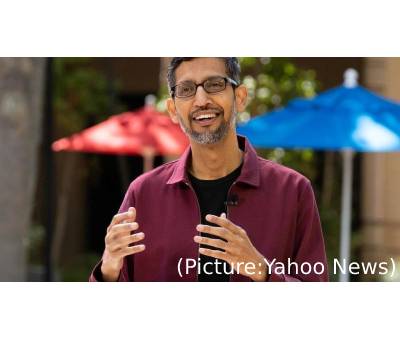 Pichai, 49, who was born in Tamil Nadu and grew up in Chennai, has said India is deeply rooted in him and a big part of who he is.He didn’t refer to China directly but said: “None of our major products and services are available in China.” Pichai made it clear that the responsibility of steering the future of the internet should not be an onus of an individual “but rather a collective think tank that plots the course forward while taking into account the foundational pillars of the free internet”. He said that artificial intelligence is more profound than fire, electricity or the internet. “I view it as the most profound technology that humanity will ever develop and work on. You know, if you think about fire or electricity or the internet, it’s like that. But I think even more profound,” he was quoted as saying in the report.
Pichai, 49, who was born in Tamil Nadu and grew up in Chennai, has said India is deeply rooted in him and a big part of who he is.He didn’t refer to China directly but said: “None of our major products and services are available in China.” Pichai made it clear that the responsibility of steering the future of the internet should not be an onus of an individual “but rather a collective think tank that plots the course forward while taking into account the foundational pillars of the free internet”. He said that artificial intelligence is more profound than fire, electricity or the internet. “I view it as the most profound technology that humanity will ever develop and work on. You know, if you think about fire or electricity or the internet, it’s like that. But I think even more profound,” he was quoted as saying in the report. Prime Minister Narendra Modi launched the mYoga fitness app on the occasion of International Yoga Day. Jointly developed by the Ministry of Ayush and the World Health Organization, the mYoga app aims to bring assisted yoga training to everyone with a smartphone for free without needing any signing in. Check out all you want to know about the new WHO mYoga app, available on both the Google Play Store and Apple App Store. The application is completely free and has no sign up required. Here’s how it works.
Prime Minister Narendra Modi launched the mYoga fitness app on the occasion of International Yoga Day. Jointly developed by the Ministry of Ayush and the World Health Organization, the mYoga app aims to bring assisted yoga training to everyone with a smartphone for free without needing any signing in. Check out all you want to know about the new WHO mYoga app, available on both the Google Play Store and Apple App Store. The application is completely free and has no sign up required. Here’s how it works.
 At that point, Facebook will consult experts and “evaluate external factors, including instances of violence, restrictions on peaceful assembly and other markers of civil unrest,” said Nick Clegg, vice president of global affairs, in a
At that point, Facebook will consult experts and “evaluate external factors, including instances of violence, restrictions on peaceful assembly and other markers of civil unrest,” said Nick Clegg, vice president of global affairs, in a